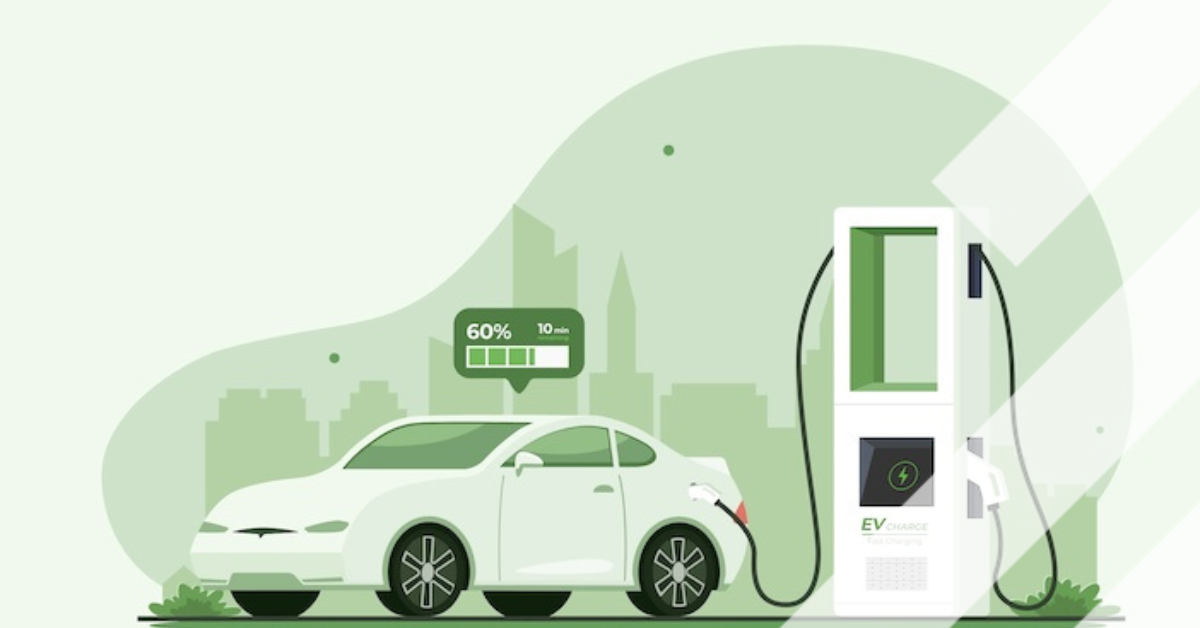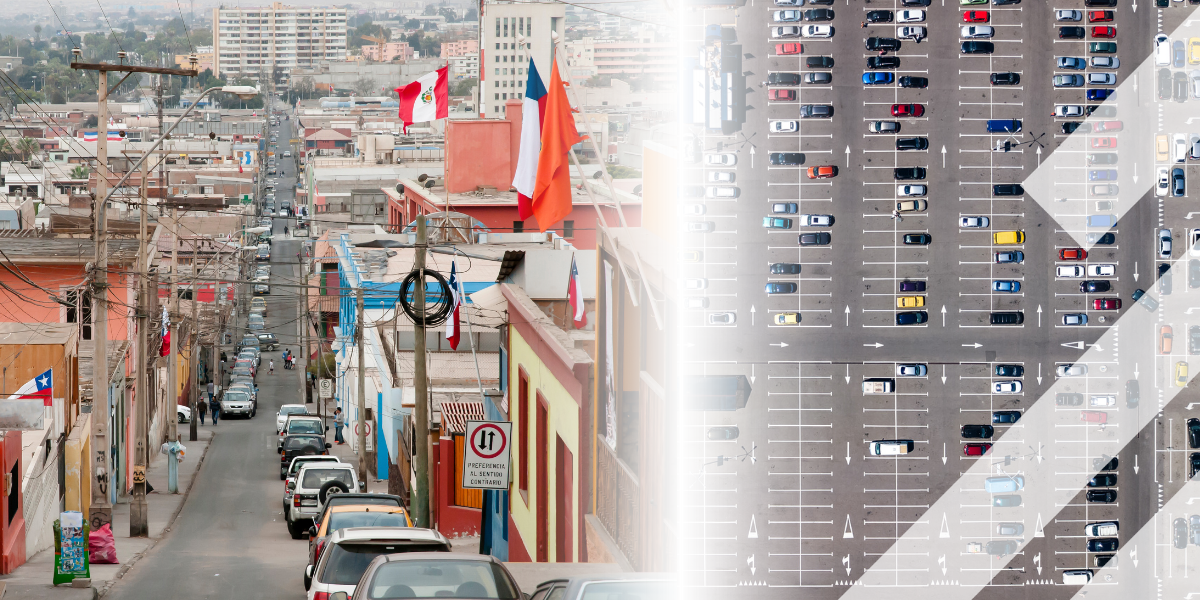Latest developments in Parking as a Service
Urban mobility and climate challenges such as tackling congestion and liveability issues, as well as responding to new health and security requirements brought by the pandemic, have an impact on the parking sector. Reducing congestion caused by drivers trying to find a parking space, increasing traffic in city centres, getting rid of fully parked streets and creating customised parking services are on top of the agenda of many policy makers.
We spoke to several experts on this matter. In this article we highlight three developments on Parking as a Service.
1.Parking management
During Intertraffic ON AIR episode 3, Parking as a Service, we spoke to Bastiaan Pigge, Smart Mobility & Parking advisor of City of Rotterdam, Bjorn Ove Berthelsen, Project Leader Lighthouse at City of Trondheim & Ivo Cré, POLIS’s Director of Policy & Projects and Dissemination WP leader of PARK4SUMP. ‘‘Parking measures are very complex - it’s a matter of constantly finding the right balance,’’ said Bastiaan Pigge, Smart mobility and Parking advisor of City of Rotterdam. Finding that balance is something of a holy grail for Pigge, whose current focus is on relieving high pressure parking areas through the city’s involvement in Park4SUMP.
Parking authorities
In another interview Intertraffic spoke to Frank Beckmann, founder of Consulting For Future. Beckmann believes parking should be seen as part of the mobility. ‘The value chains need to be re-defined and new business models within the mobility ecosystem have to be developed,’ said Beckmann. Also alternative mobility and new business models will fill the underutilized capacity of car parks and increase profitability raising tariffs constantly.
Intertraffic also spoke to Ben Boutcher-West, former AppyWay’s Head of Mobility. Boutcher-West told us about several projects his company is doing in order to promote parking up the smart mobility ‘pecking order’. PaaS is one of the tools they use. ‘I’ve said publicly how I have sometimes felt parking is the unloved child of mobility and parking tickets a nemesis to the improved provision of access to new transport technology offers,’ said Boutcher-West. However, he thinks that authorities and central Government start to rebrand kerbside management, and in particular parking, as an enabler.
One thing the politicians can do is raising the price. This is a politically sensitive option, and also not always as effective as they want. In a lot of cities, the parking costs are extremely high. But in these same cities the parking spots are always occupied and the streets are filled with cars. People are able to pay for it because they don’t pay for it themselves, a lot of companies do. You also need time regulation in combination with the price. Back to Cré: ‘The costs might not be the ultimate. It’s part of the package, but it’s not the one solution.’
All over the world people are facing the same challenges, such as accommodating parking, electromobility and spatial footprints.
‘The parking discussion should be taken to a European level, or even to a global level,’ followed Ivo Cré, POLIS’s Director of Policy & projects and Dissemination WP leader of PARK4SUMP.
The parking discussion should be taken to a European level, or even to a global level,’- Ivo Cré. POLIS
2.Spatial footprint
‘The spatial footprint of vehicles is becoming a challenge.’ It’s important that this will be managed practically in cities and parking. The effect of this can play a role by finding a solution to not take too much public and road space.
Parking can really be an enabler for new mobility services’ Ivo Cré
‘The parking sector has a number of cards up their sleeves that can be useful in the future,’ said Cré. City centres want to reduce the number of cars in the streets. To make this possible the cities have different tools, also the potential to make parking an essential factor in electrification of the fleets. ‘The fact that you have a location that is connected to the grid, all these elements make that you can accommodate for new services, for shared mobility, for electric mobility but also for logistics solutions.’ This is a market that these cities are trying to cover as well. They take logistics in the on-street parking spaces and in the off-street parking spaces. This way they use all the available space in the cities. The parking managers are the ones directing all of the ideas. They have digital tools, but also regulatory tools. ‘They know how to legally describe a certain part of this urban space that can help as well.’
In another interview Intertraffic spoke to Martijn Pater. Pater believes that when you look at kerbside management or parking management, in the end, it comes down to streets where people live and work. ‘It would be great they could create the most optimal situation? So they can utilize the streets in the best way? This allows for city rules to be obeyed, but also for local application and it's all available on one platform.'
3.Green parking
Due to COVID-19 people are no longer interested in flying, taking the train or taking the bus. They prefer to take the car instead in which they can travel without having to be in contact with other people. This means that they need to park their car at their destination causing more congestion and occupied parking spots. In a lot of different cities people continue driving around finding a parking place that does not even exist.
More cars are electric and an increasing amount of parking spaces are made only for these cars. With the continuous growth of electromobility, the demand for electric charging points is estimated to increase. In Norway the congestion levels have not decreased significantly, however the make-up of traffic itself did. The congestion is now caused by electric vehicles. This is a consequence of Norway’s innovative and extensive incentive scheme from 2012. This scheme said that 50% of the costs of a new electric vehicle will be covered by a Government scheme.
‘Parking as a Service can really boost green mobility.’ Said Bjorn Ove Berthelsen, Project Leader Lighthouse at City of Trondheim. ‘With Norway still boasting the highest percentage of EV’s and charging points in Europe ‘You could say we have become our own enemy.’
Share your story
Do you have an innovation, research results or an other interesting topic you would like to share with the professionals in the infrastructure, traffic management, safety, smart mobility and parking industry? The Intertraffic website and social media channels are a great platform to showcase your stories!
Please contact our Sr Brand Marketing Manager Carola Jansen-Young.
Are you an Intertraffic exhibitor?
Make sure you add your latest press releases to your Company Profile in the Exhibitor Portal for free exposure.
Get up to speed on the mobility industry - our newsletter straight to your inbox!








